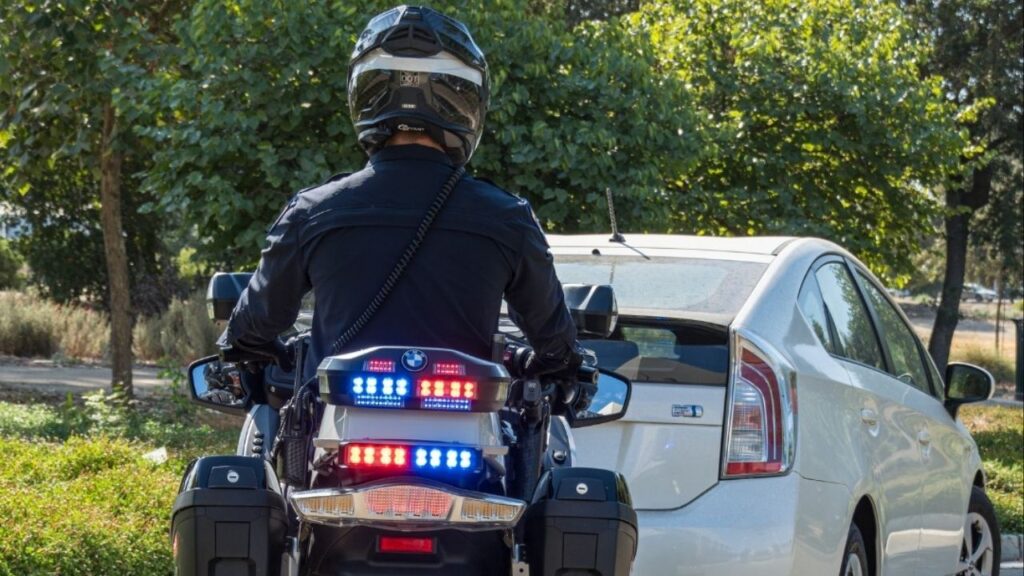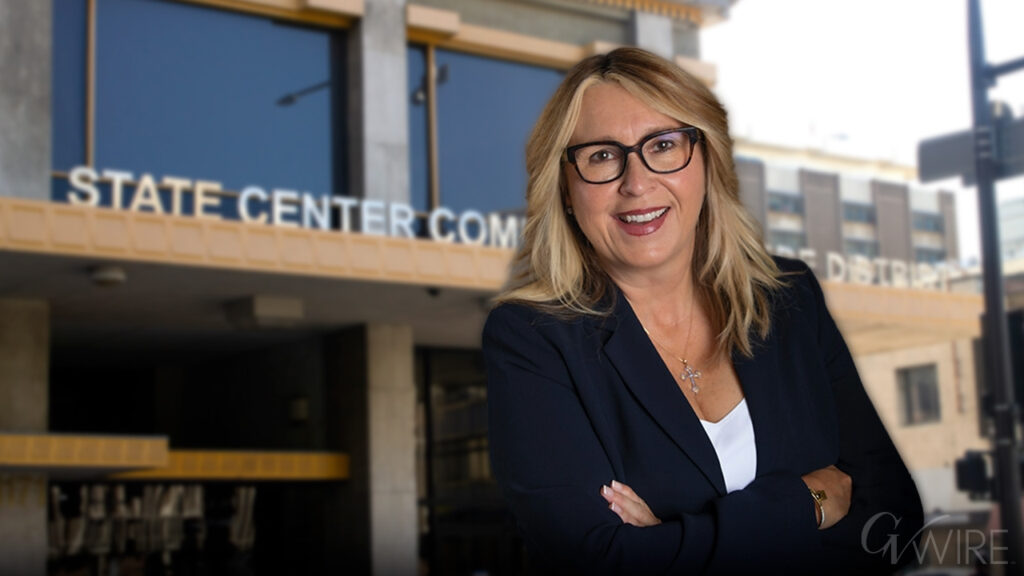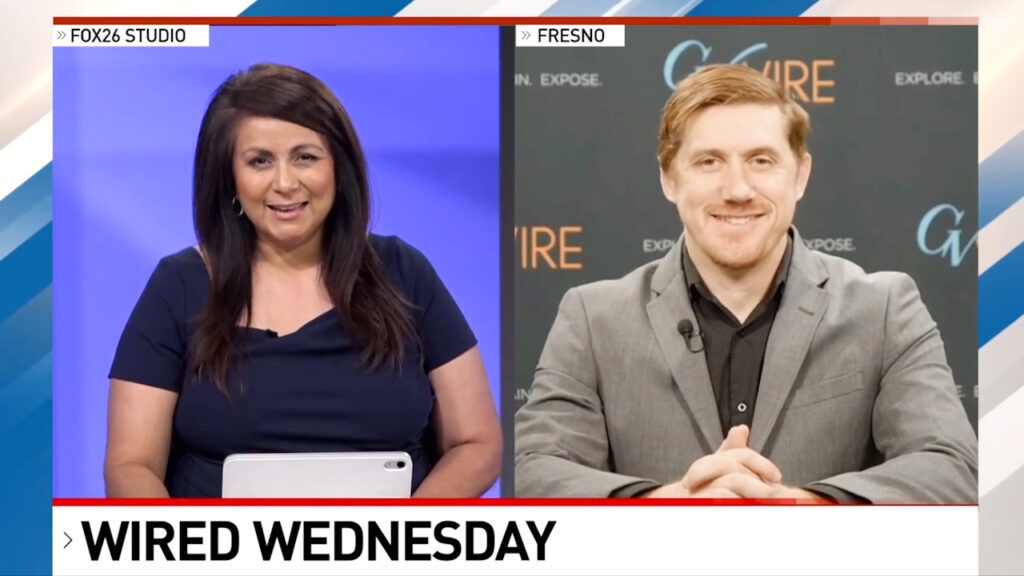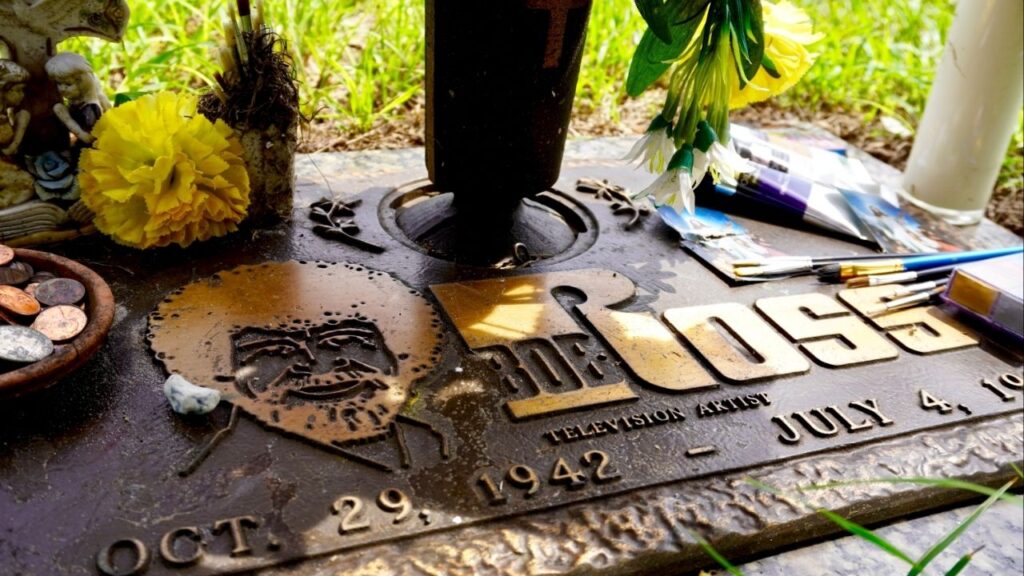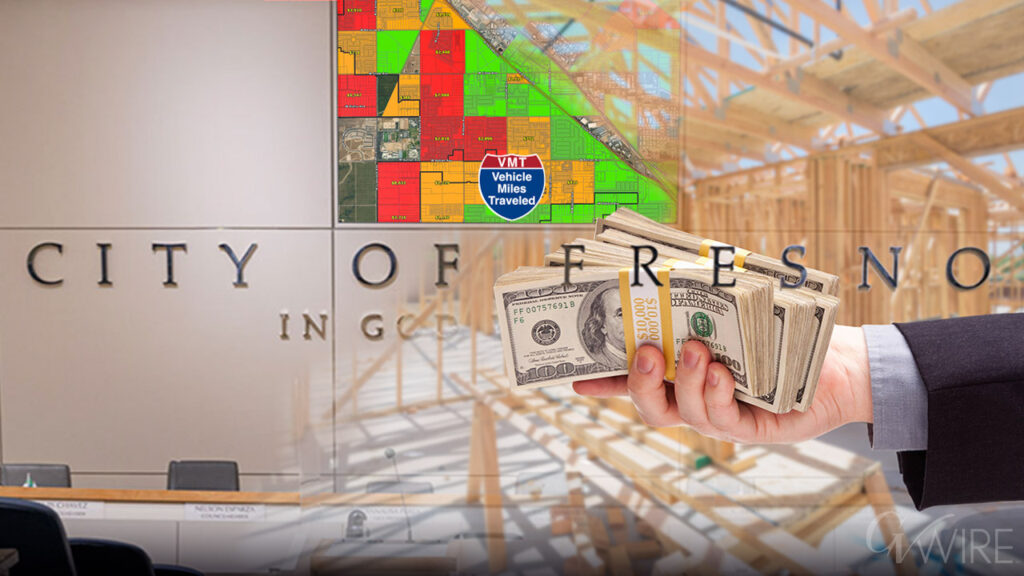A nearly empty street in Columbus, Ohio, April 2, 2020. Officials in Columbus, Ohio, and across the state condemned a small group of people who marched through part of the city on Saturday, Nov. 16, 2024, carrying Nazi flags and shouting racial slurs and expressions of white power. (Maddie McGarvey/The New York Times)

- Neo-Nazi march in Columbus, where a small group carried swastikas and shouted racial slurs, sparking widespread condemnation.
- Ohio officials condemn hate, with Gov. Mike DeWine denouncing the march and asserting that hate and violence have no place in the state.
- Flash events gain attention, with the Anti-Defamation League noting that such demonstrations aim to provoke fear and garner support from other white supremacist groups.
Share
|
Getting your Trinity Audio player ready...
|
Officials in Columbus, Ohio, and across the state condemned a small group of people who marched through part of the city on Saturday carrying Nazi flags and shouting racial slurs and expressions of white power.
The marchers appeared to number only about a dozen people, but the invectives they shouted through a bullhorn at anyone they passed and the large swastika symbols they bore seemed to achieve their goal of rattling not just Columbus but a wider audience online.
Videos of the neo-Nazi marchers in the Short North neighborhood, a part of the city containing many restaurants and newly built apartments, quickly spread on social media, prompting swift denouncements by state and city officials.
“Neo-Nazis — their faces hidden behind red masks — roamed streets in Columbus today, carrying Nazi flags and spewing vile and racist speech against people of color and Jews,” Ohio Gov. Mike DeWine, a Republican, said in a statement on the social network X. “There is no place in this state for hate, bigotry, antisemitism or violence, and we must denounce it wherever we see it.”
The Anti-Defamation League said that the Columbus event fit a recent pattern of white supremacist incidents, hundreds of which have taken place across the country over the past 18 months.
The marches tend to be small, unannounced to avoid counterprotesters and tailor-made for social media, said Oren Segal, vice president for the Anti-Defamation League Center on Extremism.
“At the end of day, they want to create fear and anxiety in communities and get a photo op,” Segal said in an interview Sunday.
New Neo-Nazi Group Called ‘Hate Club’ Took Credit
Segal, whose staff monitors white supremacy activity nationwide, said a newly formed supremacist group called Hate Club, based in St. Louis, had taken credit for the march Saturday in Columbus, and that the protest might have been inspired in part by a rivalry with a hate group based in Ohio.
Segal said that “flash” events such as the one in Columbus tended to involve blatant symbols of hate such as the flags with swastikas that the men carried. They are intended for maximum shock value among the general public, he said, but also used to gain credibility among other white supremacist groups.
No arrests were made in connection with the Columbus demonstration, according to local news reports.
The Columbus Dispatch, quoting a statement from Columbus police, said officers had investigated reports that the marchers had been involved in a physical altercation. Police briefly detained the marchers but determined no assaults had taken place, and they were released, according to the statement. A police spokesperson could not be reached Sunday.
Shannon Hardin, president of the Columbus City Council, said on X, “This community rejects their pathetic efforts to promote fear and hate.” He tied the incident to Donald Trump’s election. “I am sorry that the president-elect has emboldened these creeps,” Hardin, a Democrat, said in a post. His office did not return requests for comment Sunday.
Trump has for years used language that critics say fuels white supremacist groups. He has consistently offered only a mild rebuke to the racial violence that occurred at a white supremacist rally in Charlottesville, Virginia, in 2017, and he has praised the Jan. 6, 2021, rioters, many of whom were members of far-right groups.
This year, John Kelly, his former chief of staff, said Trump had told him that “Hitler did some good things.” In May, Trump briefly posted a video on Truth Social featuring an image that referred to “the creation of a unified Reich” before taking it down.
Trump has continually disavowed any association to such groups. “President Trump is backed by Latinos, Black voters, union workers, angel moms, law enforcement officers, border patrol agents and Americans of all faiths,” Karoline Leavitt, Trump’s campaign spokesperson and the incoming White House press secretary, has said. “President Trump will be a president for all Americans.”
Nazi Demonstrations Popping Up in the US
The Columbus incident followed a Nazi demonstration in Michigan this month.
On Nov. 9, Nazi demonstrators stood outside an American Legion Post in Howell, Michigan, where a community theater group was performing a production of “The Diary of Anne Frank.”
Howell, a city between Lansing and Detroit, has had a history of white supremacy and racism. In the 1970s, a grand dragon of the Ku Klux Klan would host rallies for fellow Klansmen at his farm just outside the city limits.
In July, a group of white supremacists marched through town, shouting “We love Hitler” and “We love Trump.”
The next month, Trump held a campaign event in Howell alongside the county sheriff, and Vice President Kamala Harris’ campaign criticized him for choosing the location, given the area’s history. But Trump pointed out that President Joe Biden had visited Howell in 2021.
During the first act of the Anne Frank production, the theater staff became aware of the Nazi demonstrators, according to an account of the incident on the Fowlerville Community Theater’s Facebook page.
Although some cast members were shaken, they pulled together and finished the performance.
“This production centers on real people who lost their lives in the Holocaust,” the group said, adding, “On Saturday evening, things became even more real than we expected. The presence of protesters outside gave us a small glimpse of the fear and uncertainty felt by those in hiding.”
–
This article originally appeared in The New York Times.
By Michael Corkery/Maddie McGarvey
c. 2024 The New York Times Company








